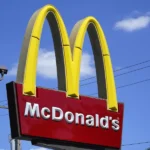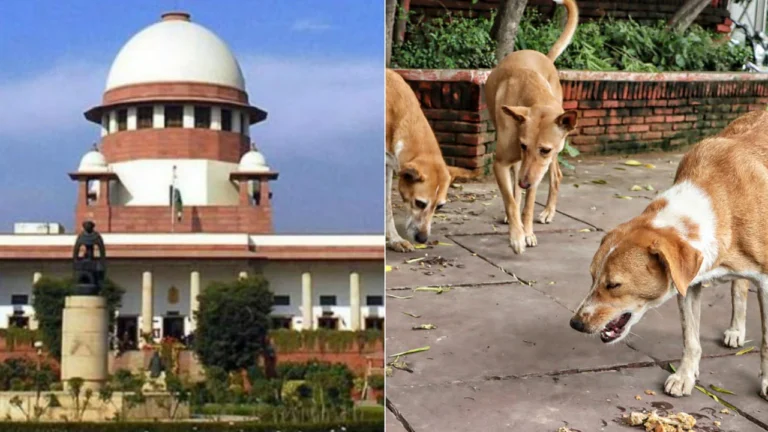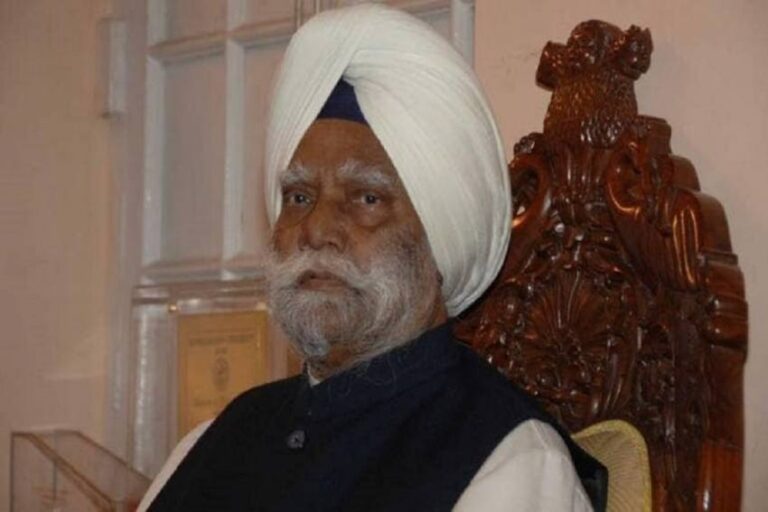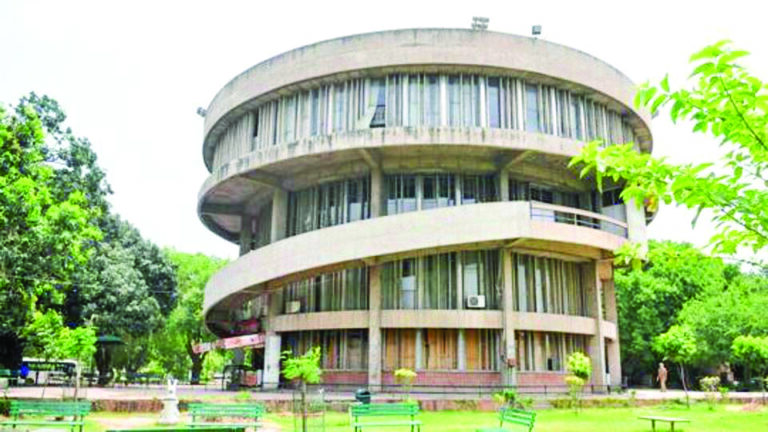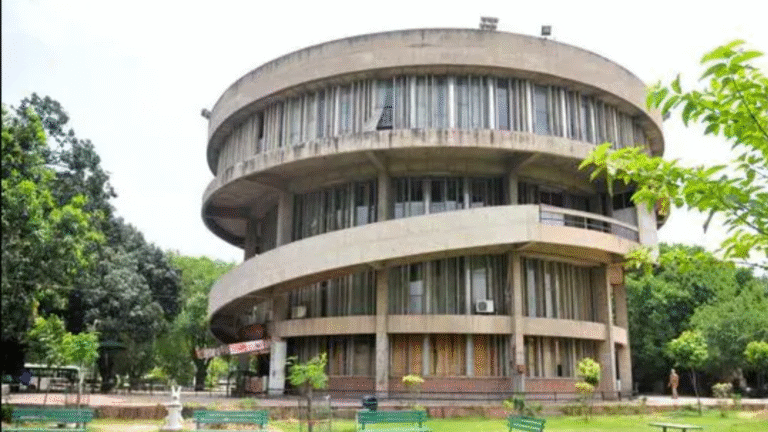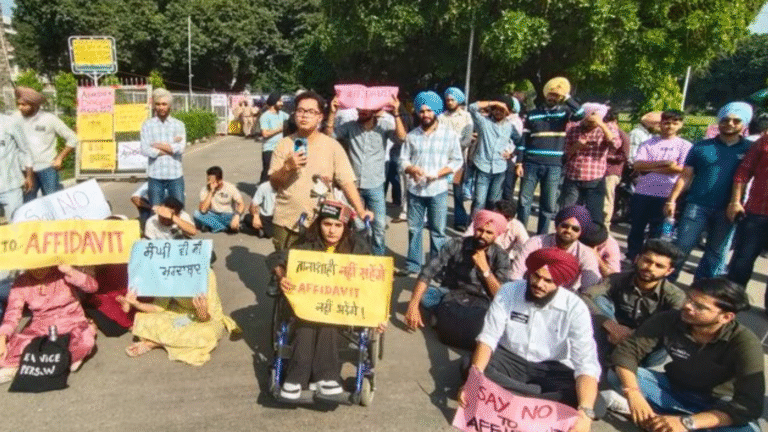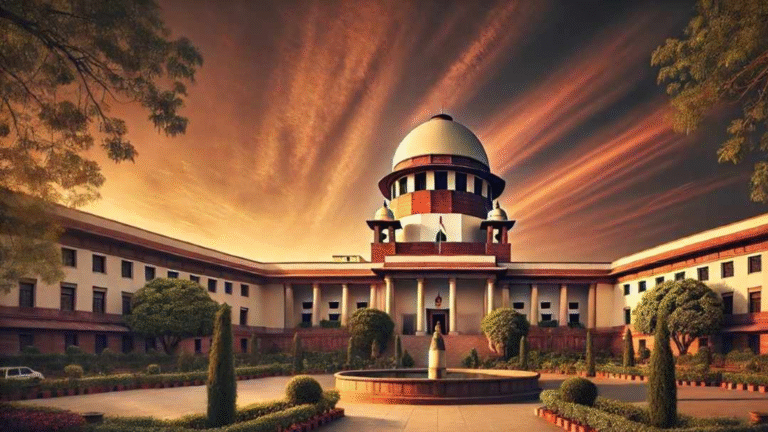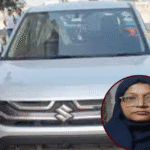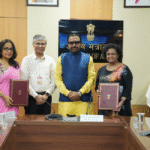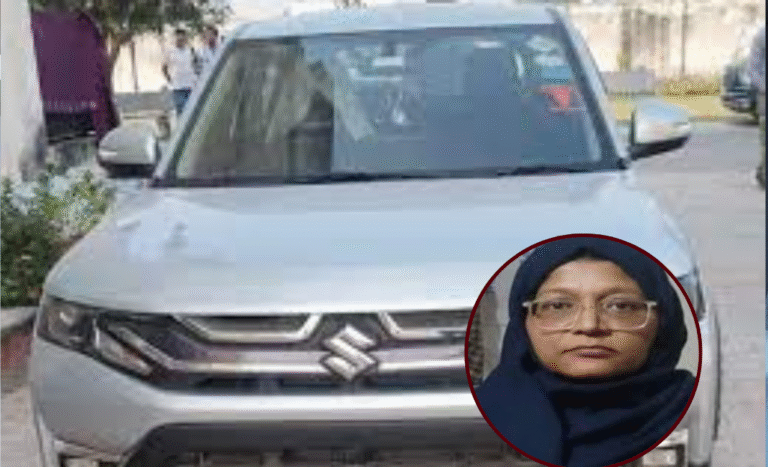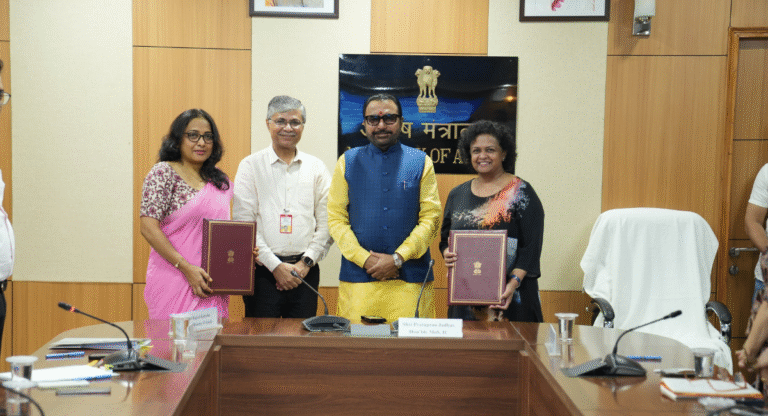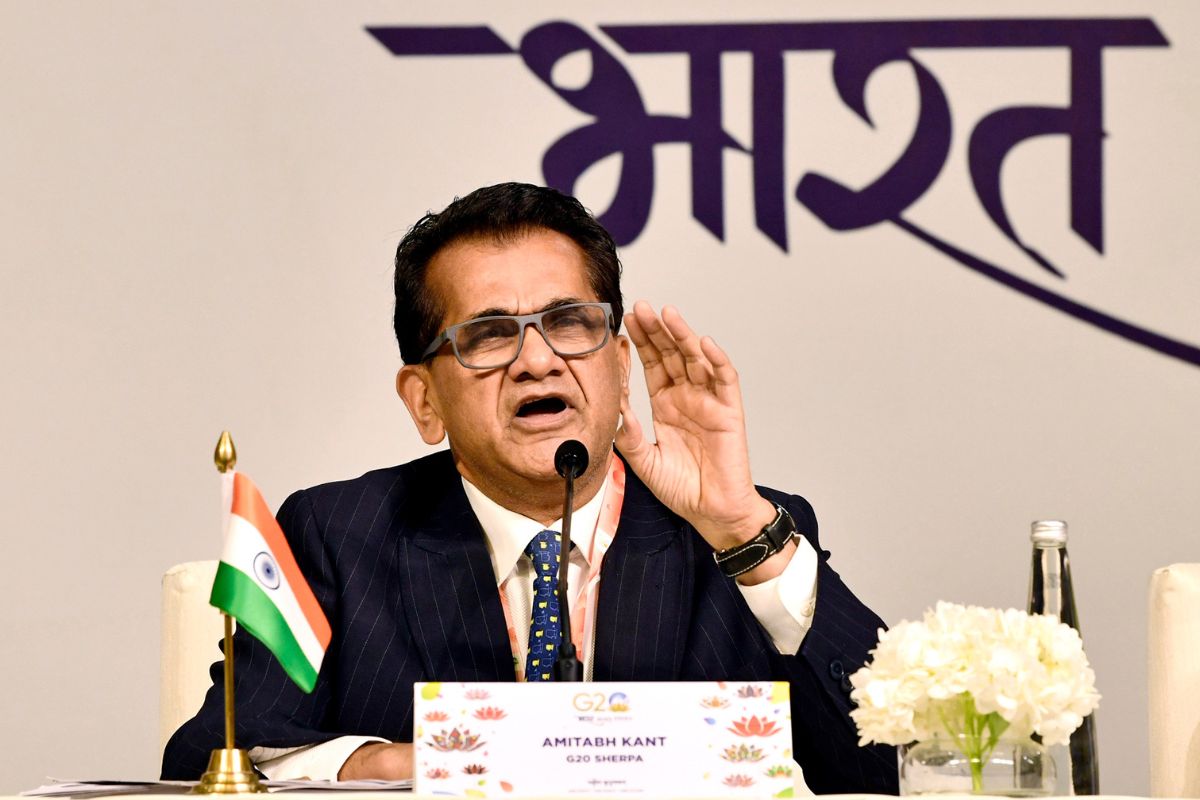
As Delhi’s AQI crossed the ‘severe’ mark at most monitoring stations, Kant called for “ruthless and sustained” execution of a unified action plan.
In a sharp critique of recent regulatory decisions, former Amitabh Kant — India’s G20 Sherpa and former Chief Executive of NITI Aayog — has accused the Supreme Court of India of placing the “right to burn crackers” ahead of the fundamental “right to live and breathe”, in the wake of Delhi’s explosive post-Diwali pollution levels.
Speaking via a post on the social platform X (formerly Twitter), Kant described the air-quality situation in the national capital as being in ruin. “Delhi’s air quality lies in shambles: 36/38 monitoring stations have hit the ‘red zone,’ AQI is above 400 in key areas,” he wrote. “The Hon. Supreme Court in its wisdom has prioritised the right to burn crackers over the right to live and breathe.”
Post-Diwali spike in pollution
The critique comes at a time when the Central Pollution Control Board (CPCB) data show the air in Delhi-NCR plummeting to alarmingly poor levels. On the morning after Diwali, the Air Quality Index (AQI) stood around 347–359 at various times — far into the “very poor” category — and in certain areas breached the “severe” range (above 400). Of the 38 monitoring stations in the Delhi region, 36 recorded readings in the red zone alone.
While Diwali has long been associated with a surge in air pollution due to fire-cracker bursting, this year’s spike drew particular attention because of recent regulatory changes. Earlier this month, the Supreme Court had eased its strict ban on fireworks in the region, permitting what are termed “green crackers” for the first time in several years. The court allowed bursting of these crackers in limited time-windows: 6 am–7 am and 8 pm–10 pm on Chhoti Diwali and Diwali proper.
However, despite the restrictions, many areas reportedly witnessed fire-cracker activity well beyond allowed hours, raising questions about enforcement.
“If Los Angeles, Beijing and London can do it…”
Kant did not limit his comments to blame. He emphasised that the capital’s pollution challenge is solvable — pointing to major global cities such as Los Angeles, Beijing and London as examples of large-metropolis air-quality turnaround. “If Los Angeles, Beijing, and London can do it, why can’t Delhi?” he asked.
He underscored that only “ruthless and sustained execution” of a unified action plan can rescue the city from this “health and environmental catastrophe.”
A blueprint for long-term change
In his post, Kant laid out several key interventions he deems essential for Delhi’s cleaner-air future:
- End crop and biomass burning in neighbouring states.
- Shut down or modernise thermal‐power plants and brick-kilns by adopting cleaner technologies.
- Shift the entire transport fleet to electric vehicles by 2030.
- Enforce strict dust controls at construction sites and ensure full waste-segregation and processing.
- Redesign Delhi around green, walkable, transit-centred living, favouring public-transport and non-motorised mobility.
He argued that such a holistic plan – backed by decisive government action and rigorous enforcement – is the only way to restore breathable air and clear skies to the capital.
Accountability and policy tensions
Kant’s blistering comment on the apex court’s decision triggers an overdue conversation about the balancing act between festive traditions and public health imperatives. His argument challenges a fundamental premise: that in the hierarchy of rights, the state and judiciary may have undervalued the right to clean air while sanctioning fire-cracker use. According to him, the recent Supreme Court allowance of fireworks in Delhi-NCR effectively privileged cultural celebration over environmental health.
While the court’s rationale was reportedly to take a “balanced approach, taking into account the conflicting interests and permit in moderation, while not compromising the environmental concerns arising,” Kant’s view is that the balance tipped in favour of festivity at the cost of air quality and public health.
Immediate implications and public health concerns
For a city waking up under a grey, choking blanket of smog, the stakes are high. Numerous households and especially vulnerable groups — children, the elderly, asthma and COPD sufferers — faced acute health risks. Physicians have previously warned that exposure to “severe” pollution levels can be akin to smoking dozens of cigarettes. The night-long fire-cracker bursts combined with meteorological conditions (cooling night air, slow winds) added to the accumulation of particulate matter.
Moreover, some of the worst readings — Delhi localities such as Jahangirpuri (AQI ~409), Wazirpur (~408), Bawana (~432), and Burari (~405) — reinforce how a combination of bursting crackers, stagnating atmosphere and underlying seasonal pollutants can trigger near-emergency levels of air pollution.
The broader picture: more than just fire-crackers
While the post-Diwali spike brings immediate attention, many experts caution that Delhi’s chronic air-quality problems go far beyond fireworks alone. Apart from festival bursts, major contributors include stubble burning in the neighbouring states of Punjab and Haryana, vehicular emissions, construction dust, industrial sources, and thermal power plants. Kant’s own proposals reflect this broader perspective.
He is clear: even if cracker-use was curbed, unless underlying structural issues are addressed, Delhi’s air will continue to suffer. Thus his call for a “unified action plan” is not about a temporary fix, but a transformation of how the city lives, moves and breathes.
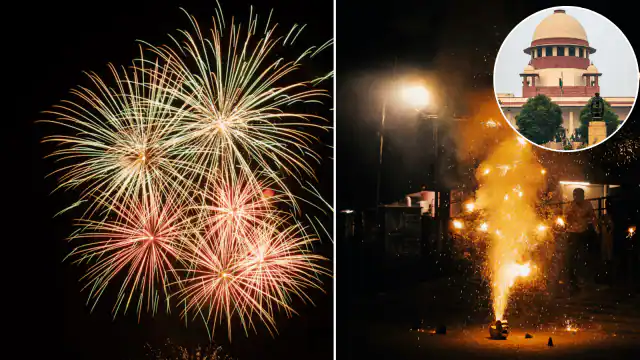
What happens next?
In practical terms, Delhi and the wider NCR region will need to enforce the following in the short-to-medium term: rigorous monitoring of festivals and fire-cracker use; crackdown on illegal bursting outside time-slots; better emission controls on major sources; accelerated transition to electric mobility; tighter construction dust regulation; and incentives or mandates for cleaner industrial and brick-kiln technologies.
However, political will, bureaucratic alignment, and public buy-in remain crucial. Kant’s use of strong language — asserting the Supreme Court prioritised festivity over health — serves as a provocative wake-up call. It underscores the fact that festive indulgence, regulatory relaxations and enforcement lapses cannot be isolated from persistent air-quality degradation. The cost is measured in compromised respiratory health, lost productivity, and diminished urban liveability.
In conclusion
Amitabh Kant’s commentary is more than a critique — it is a call to arms. By stating that the apex court has “prioritised the right to burn crackers over the right to live and breathe”, he places the Delhi-air crisis within a rights-based and policy-governance framework. This framing compels stakeholders to reconsider how much weight is given to cultural practices, regulatory enforcement, and long-term urban-environmental planning.
As Delhi recovers from its post-Diwali smog surge, perhaps the deeper challenge is whether the city, its leaders and its residents are ready to shift from reactive measures to proactive, sustained transformation. The view on Diwali may change — but for Delhi’s air, the question of when will it breathe easier remains.


